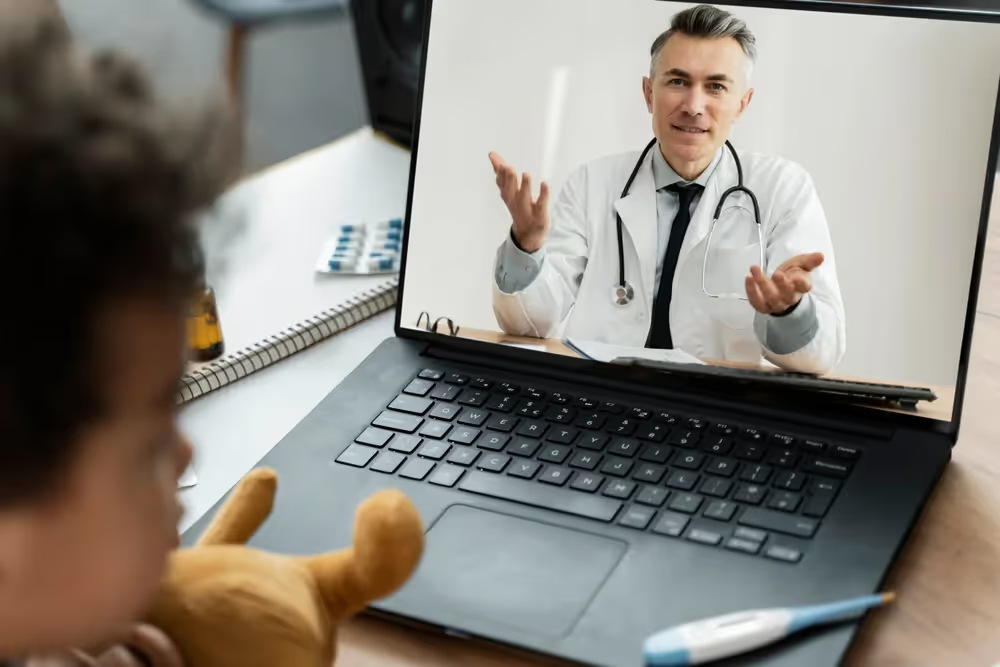Basic Life Support Online Certificate: 5 Must-Have Topics of Training
Luckily for you, you can now take Basic Life Support training online! But, what exactly should this training cover? Here are 5 must-have topics of Basic Life Support online training to ensure your certification is legit.

According to the American Heart Association, there are more than 356,000 out-of-hospital cardiac arrests annually in the U.S. Nearly 90% of them are fatal. A medical emergency can happen anywhere and at any time, so it’s important for us as a society to be able to react to these situations.
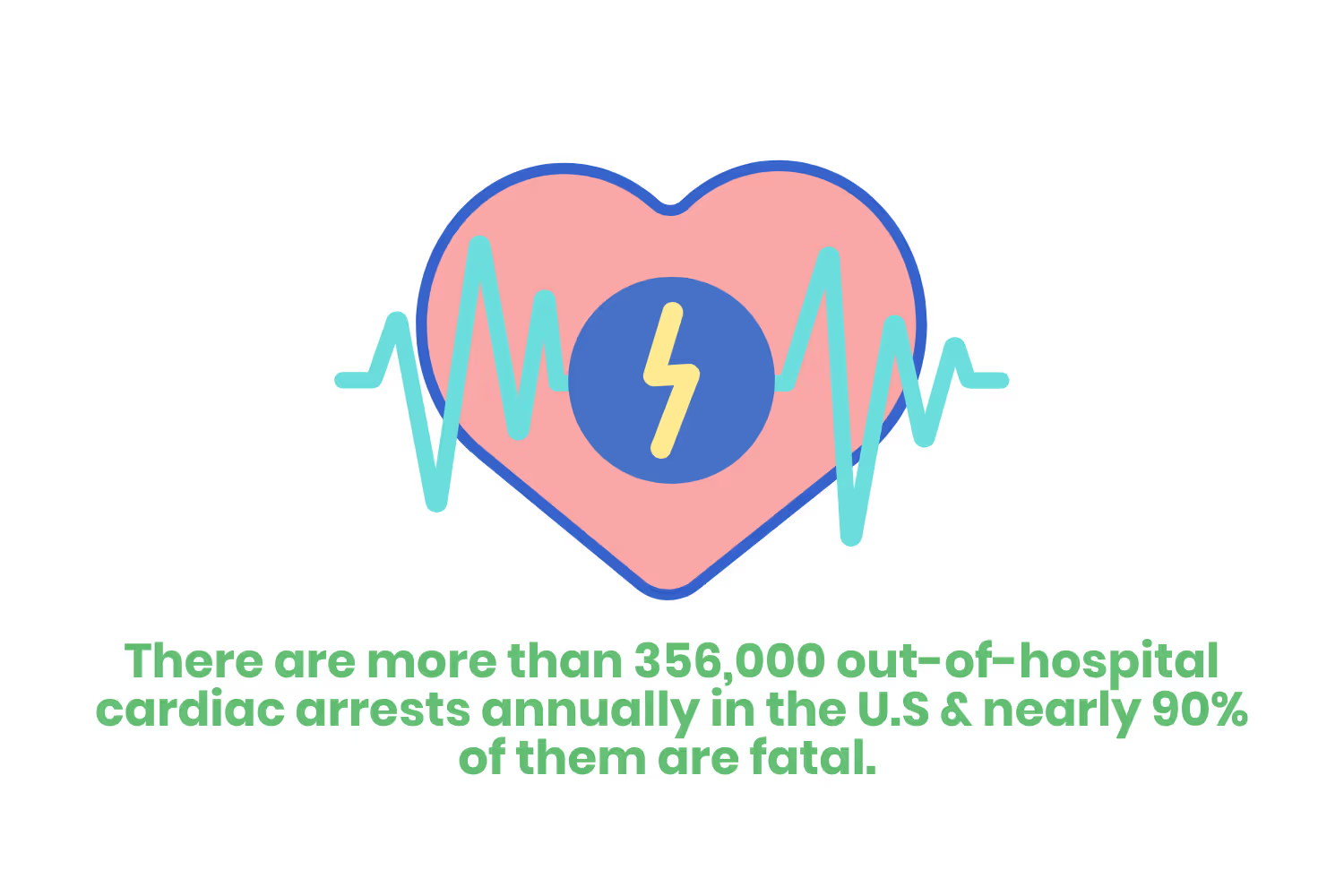
For example, the US Occupational Safety and Health Administration reports that about 10,000 cardiac arrests happen each year in the United States. And only 50% of employees know where to find an automated external defibrillator (AED) at work… let alone know what one is.
What I’m getting at is that, even if you’re not in the healthcare field, it’s worth taking a look into some type of basic life support training. Luckily for you, there’s even the option to take them online! But, what exactly should this training cover? Here are 5 must-have topics of Basic Life Support online training to ensure your certification is legit.
What is Basic Life Support (BLS)
Basic life support (BLS) refers to the care that first responders, healthcare providers, or even bystanders provide to anyone experiencing a medical emergency.
More often these emergencies consist of the following…
- Sudden Cardiac Arrest (SCA)
- Heart Attack
- Stroke
- Foreign-body Airway Obstruction (FBAO)
To properly assess and react to these emergencies, a trained individual should be familiar with cardiopulmonary resuscitation (CPR), automated external defibrillators (AED), and clearing airway obstructions in persons of every age.
To exercise “Assess, Recognize and Care” is to practice a systematic approach for quickly assessing an emergency. By doing so, and with the proper certification, even a bystander in an out-of-hospital setting can recognize the issue and offer immediate care in emergencies. Acting quickly can buy the patient time until emergency medical services can arrive and take over.
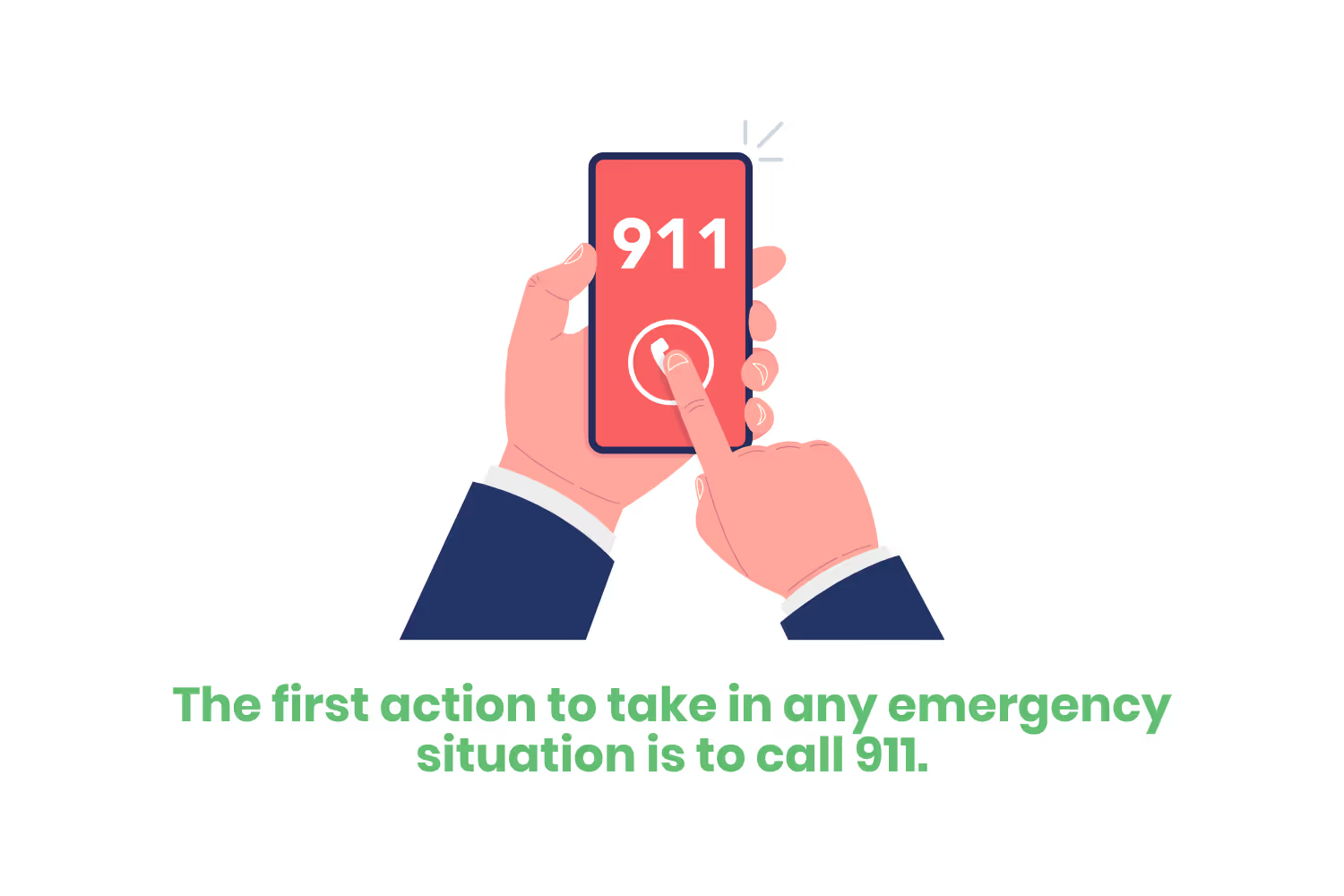
When practicing rapid assessment of a situation, consider these steps…
- Perform a visual survey. Assess for any remaining safety hazards in the vicinity and create an impression based on an initial assessment of the patient. This first step is to help you determine what additional care is appropriate.
- Check the responsiveness of the patient.
- Open the airway carefully to check for a foreign object while checking to see if the patient is breathing and has a pulse.
After you complete the rapid assessment, administer the necessary care based on the patient’s condition. Being able to provide BLS care will come with completing training and receiving verification. Let’s take a brief look at a few key points you can expect to learn through training.
Chain of Survival
I mentioned being a bystander in an emergency, and while I hope you never have to go through that, you can very easily find yourself witnessing an emergency in your lifetime.
That’s why the American Heart Association (AHA) promotes the chain of survival. If a bystander witnesses someone who may be experiencing cardiac arrest, that person should execute the chain of survival. The concept includes 6 actions that may help increase the patient’s likelihood of surviving a cardiac episode or other life-threatening emergencies.
The AHA revised the previous Guidelines for CPR and Emergency Cardiovascular Care to take into effect the 2020 pandemic.
A bystander should perform the following of the 6 steps of the chain of survival as soon as possible…
- Recognize the possibility of cardiac arrest in the victim and call 911 immediately. After having called emergency services, begin the BLS process. If there’s another bystander, ask them to find a nearby AED.
- Begin performing CPR. Start with chest compressions at a rate of 100-120 compressions per minute and push at a depth of 2-2.4 inches. If it helps, space compressions to the beat of “Stayin’ Alive” by the Bee Gees (ironic, I know).
- If possible, provide rapid defibrillation. When using the AED, attach the pads to the victim’s bare chest. Turn the device on and follow the prompts given by the machine.

Hopefully, at this point, emergency services will arrive. A medical professional will perform the final three steps of the chain, which are:
- Initiate advanced life support/advanced resuscitation. Note that in a possible opioid-induced cardiac arrest, first responders should give naloxone as part of emergency treatment.
- Post-cardiac arrest care by hospital professionals.
- Recovery includes long-term support, treatment, observation, rehabilitation, and psychological support.
Depending on where you live, the time from the EMS call to the EMS arrival may vary. In some communities, the time between the call and arrival is 7 to 8 minutes or longer. So the first minutes after a victim collapses are the most critical. Administering the proper care early on has a direct effect on their chance of survival.
Cardiopulmonary Resuscitation (CPR)
The first action to take when performing BLS, other than calling 911, is to administer CPR. Again this stands for cardiopulmonary resuscitation and is a lifesaving procedure used when the heart stops beating. Giving immediate CPR can double or even triple the chances of survival after cardiac arrest.
Referring again to the updated 2020 American Heart Association (AHA) Guidelines for CPR and Emergency Cardiovascular Care, performing chest compressions alone is the safest method of resuscitation going forward. Mouth-to-mouth is usually a last resort as this is a great way to share viruses and bacteria. Luckily, there is usually enough oxygen left in the body for compressions to work.
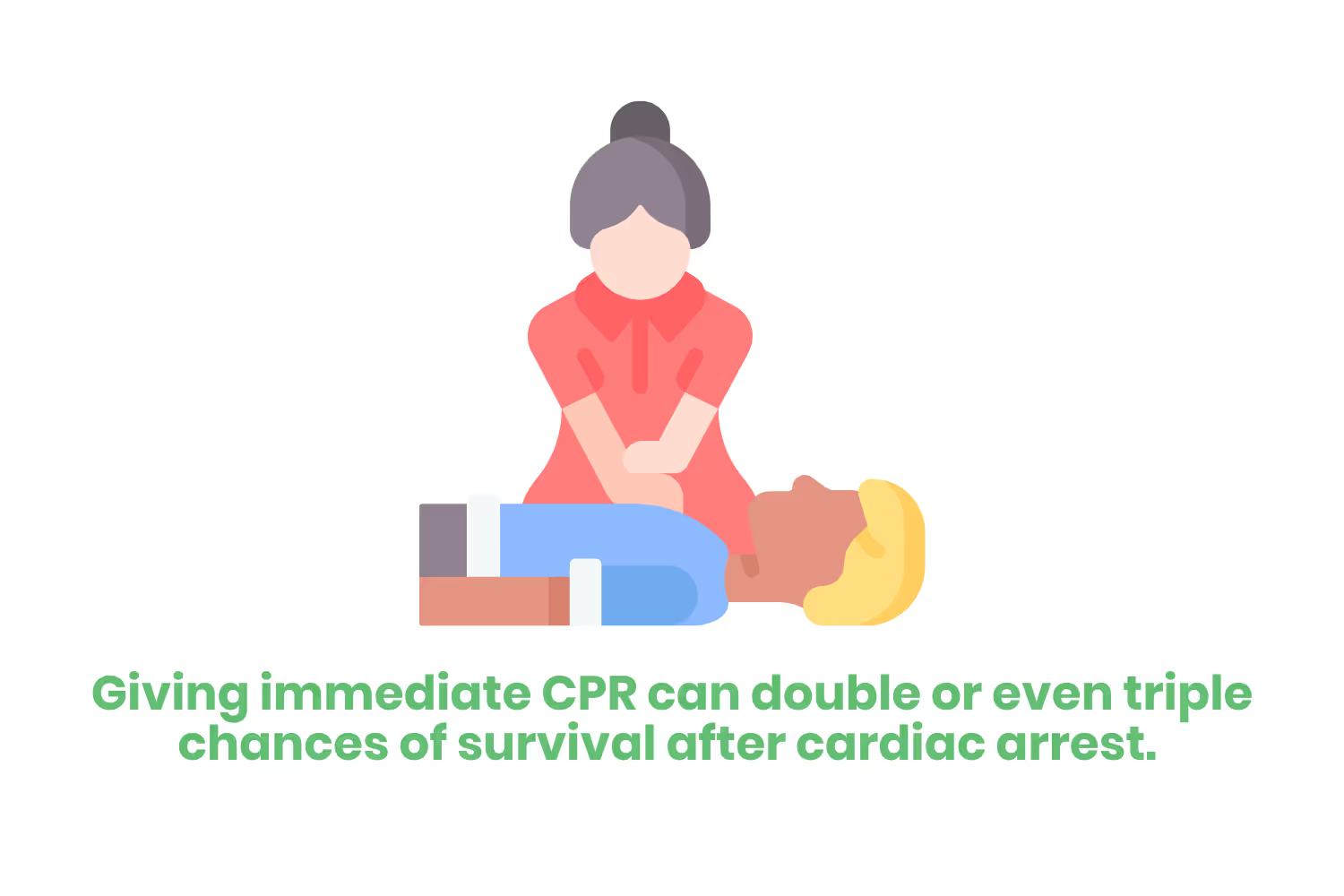
For high-quality CPR, the AHA and World Health Organization (WHO) advise the following steps while practicing hands-only CPR…
- First, call 911. Request assistance from another bystander if needed.
- When you kneel next to the victim, place your knees shoulder-width apart and near the side of the victim’s torso.
- Place your hands on their chest. Your hands should be on top of each other, with the heel of your first hand in the middle of the chest. Interlace your fingers and keep them hovering just over the chest.
- Make sure your hands are directly under your shoulders and lock your elbows to keep your hands and arms straight.
- Compress the victim’s chest by pushing down forcefully while allowing the chest to rise back up after each push.
- Continue doing this until emergency services arrive.
Automated External Defibrillators (AED)
After calling 911 and performing CPR, if the patient is still unresponsive, it’s then advised to apply an automated external defibrillator (AED).
Here are steps on how to administer AED…
- First, turn on the AED.
- While the AED is starting up, remove clothing from the victim’s arms, chest/torso and make sure to clear any debris such as metal, water, etc.
- Attach the AED pads to the chest, again making sure this is on bare skin. Place a pad under the victim’s left armpit to the left of the nipple while placing the other pad on the right side of their chest under the collarbone. Ensure placement of these pads leaves at least a 1-inch gap between them and any implanted medical devices on the patient
- Analyze the patient’s heart rhythm using the wiring from the AED. If the AED doesn’t start analyzing automatically, make sure to press the analyze button.
- If a shock is necessary, push the shock button. Make sure to not touch the patient during the defibrillation process.
If the AED doesn’t help the patient to regain consciousness, the bystander should readminister CPR.
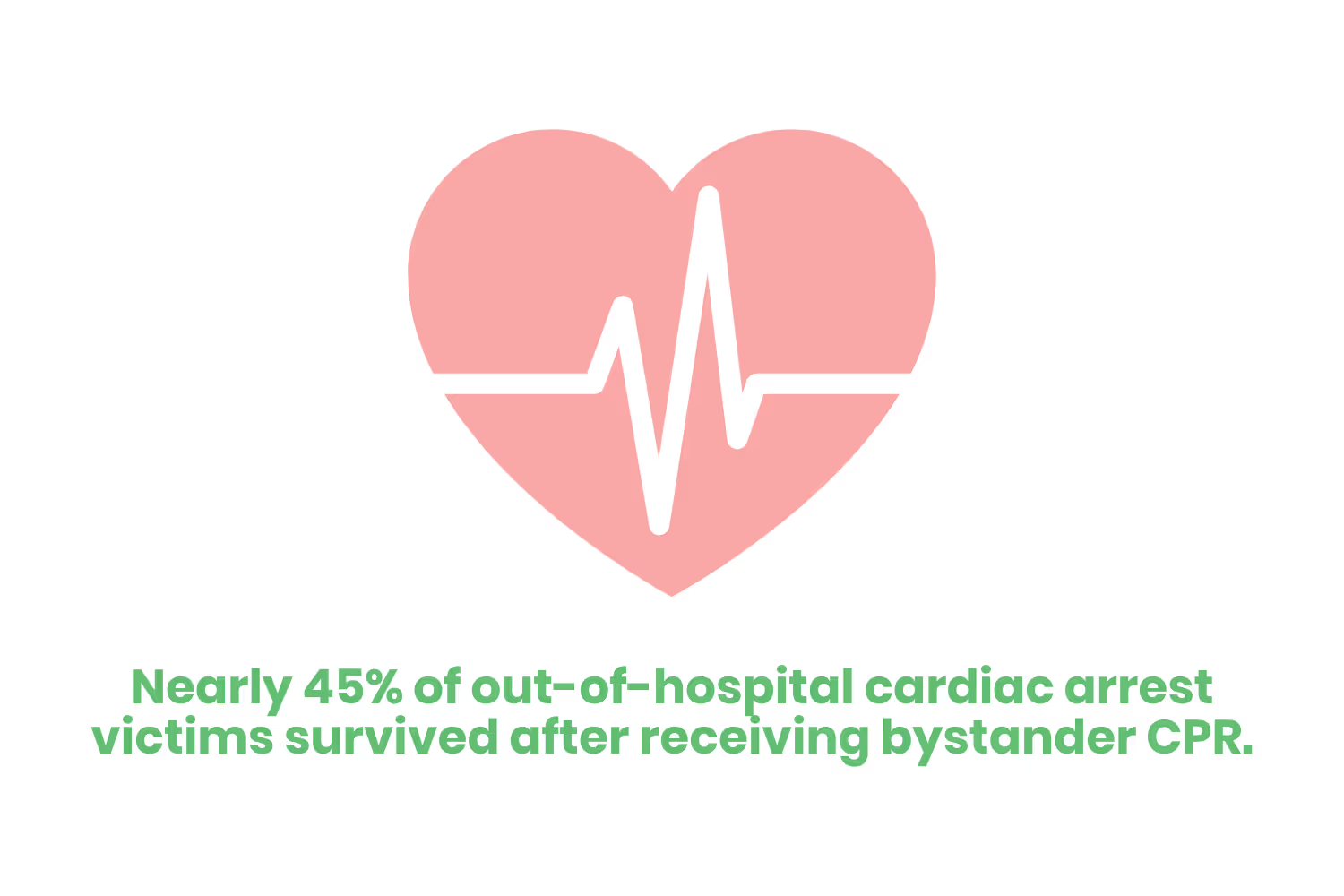
Additional Circumstances
These aren’t the only circumstances in which BLS is necessary. There are a wide variety of medical emergencies that proper BLS training will go over.
In regards to resuscitation, you can expect to go over the following during your training:
- Drowning
- Choking
- Trauma
- Electroshock
- Poisoning
There are more instances where life-saving procedures are vital, but listing them out would make this more of a dissertation than a blog.
Benefits of Training & Online Certification
Many people are afraid or uncomfortable administering life-saving techniques in a bystander situation. And I don’t blame them! These situations can be shocking and very scary. This is a large reason why less than half of victims who need it receive bystander CPR.
But at the end of the day, if someone has a medical emergency in an out-of-hospital setting, it’s the duty of family, friends, and even passers-by to act. Many people say that they are afraid of the legal repercussions of intervening in a medical emergency.
But by taking training and receiving BLS certification, you can avoid falling victim to a lawsuit. That’s right, failing to act in an emergency can result in legal consequences due to damages caused by your inaction!
Not only this, training can give you the confidence it takes to make a difference in your community as well as promote a sense of safety for you and those around you.
Conclusion
This blog was kind of bleak, I’ll admit.
But here’s some good news for you: nearly 45% of out-of-hospital cardiac arrest victims survived after receiving bystander CPR.
So while avoiding a medical emergency might not be possible in some instances, knowing how to handle them can give you a sense of control.
Training doesn’t have to take up all of your free time. You can work on it from the comfort of your home when you have time! Consider taking an online training course on basic life support techniques so you can become the bridge between a victim and the professionals.
Emphasize your product's unique features or benefits to differentiate it from competitors
In nec dictum adipiscing pharetra enim etiam scelerisque dolor purus ipsum egestas cursus vulputate arcu egestas ut eu sed mollis consectetur mattis pharetra curabitur et maecenas in mattis fames consectetur ipsum quis risus mauris aliquam ornare nisl purus at ipsum nulla accumsan consectetur vestibulum suspendisse aliquam condimentum scelerisque lacinia pellentesque vestibulum condimentum turpis ligula pharetra dictum sapien facilisis sapien at sagittis et cursus congue.
- Pharetra curabitur et maecenas in mattis fames consectetur ipsum quis risus.
- Justo urna nisi auctor consequat consectetur dolor lectus blandit.
- Eget egestas volutpat lacinia vestibulum vitae mattis hendrerit.
- Ornare elit odio tellus orci bibendum dictum id sem congue enim amet diam.
Incorporate statistics or specific numbers to highlight the effectiveness or popularity of your offering
Convallis pellentesque ullamcorper sapien sed tristique fermentum proin amet quam tincidunt feugiat vitae neque quisque odio ut pellentesque ac mauris eget lectus. Pretium arcu turpis lacus sapien sit at eu sapien duis magna nunc nibh nam non ut nibh ultrices ultrices elementum egestas enim nisl sed cursus pellentesque sit dignissim enim euismod sit et convallis sed pelis viverra quam at nisl sit pharetra enim nisl nec vestibulum posuere in volutpat sed blandit neque risus.

Use time-sensitive language to encourage immediate action, such as "Limited Time Offer
Feugiat vitae neque quisque odio ut pellentesque ac mauris eget lectus. Pretium arcu turpis lacus sapien sit at eu sapien duis magna nunc nibh nam non ut nibh ultrices ultrices elementum egestas enim nisl sed cursus pellentesque sit dignissim enim euismod sit et convallis sed pelis viverra quam at nisl sit pharetra enim nisl nec vestibulum posuere in volutpat sed blandit neque risus.
- Pharetra curabitur et maecenas in mattis fames consectetur ipsum quis risus.
- Justo urna nisi auctor consequat consectetur dolor lectus blandit.
- Eget egestas volutpat lacinia vestibulum vitae mattis hendrerit.
- Ornare elit odio tellus orci bibendum dictum id sem congue enim amet diam.
Address customer pain points directly by showing how your product solves their problems
Feugiat vitae neque quisque odio ut pellentesque ac mauris eget lectus. Pretium arcu turpis lacus sapien sit at eu sapien duis magna nunc nibh nam non ut nibh ultrices ultrices elementum egestas enim nisl sed cursus pellentesque sit dignissim enim euismod sit et convallis sed pelis viverra quam at nisl sit pharetra enim nisl nec vestibulum posuere in volutpat sed blandit neque risus.
Vel etiam vel amet aenean eget in habitasse nunc duis tellus sem turpis risus aliquam ac volutpat tellus eu faucibus ullamcorper.
Tailor titles to your ideal customer segment using phrases like "Designed for Busy Professionals
Sed pretium id nibh id sit felis vitae volutpat volutpat adipiscing at sodales neque lectus mi phasellus commodo at elit suspendisse ornare faucibus lectus purus viverra in nec aliquet commodo et sed sed nisi tempor mi pellentesque arcu viverra pretium duis enim vulputate dignissim etiam ultrices vitae neque urna proin nibh diam turpis augue lacus.



